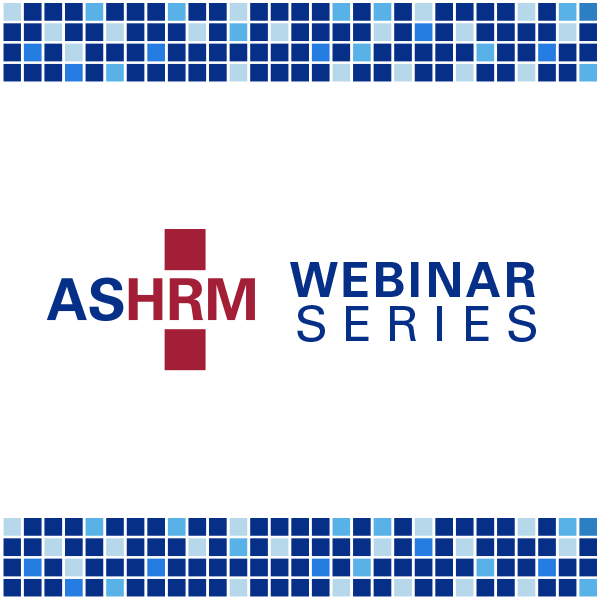Procedural Sedation: A Risk Management Solution for Improving Patient Safety
Sponsored by Medtronic
Member: Free
ASHRM CE Credit: 1
Domain: Clinical Patient Safety
Level: Practitioner
This educational program will highlight current best practices and provide risk managers, and those responsible for patient safety, with a road map for how to design and implement a procedural sedation risk assessment.
The use of non-operating room anesthesia and procedures will increase as newer and more advanced applications of medical and surgical technology continue to grow. Procedural (conscious) sedation is not without risks. Unfortunately inadequate patient monitoring during procedural sedation can seriously, sometimes fatally, harm patients. Health care risk managers have the opportunity to advance patient safety and mitigate risk by applying risk management principles and techniques to their organization’s procedural sedation program.
Objectives:
- • Define and describe procedural sedation and NORA.
- • Explain the risk management process steps as it relates to procedural sedation risk assessments.
- • Explain Respiratory Compromise etiology.
- • Discuss the significance of monitoring with capnography.
Presenter:
Denise Shope
For questions regarding this webinar, contact ASHRMEd@aha.org
Speaker Bios
Denise Shope joined RCM&D in 2008 as a Risk Management Consultant and serves as a Team Leader for the firm. She has 27 years of experience in health care risk management and served on the Board of American Society for Health Care Risk Management from 2011 through 2014, and then 2018- 2020. She is ASHRM’s 2019 President. Denise is faculty for ASHRM’s ERM Certificate program and ASHRM’s Health Care Risk Management Certificate program. She holds the Designated Fellow of the American Society for Health Care Risk Management and is a Certified Professional Health Care Risk Management (CPHRM). She holds the Associate in Enterprise Risk Management designation.


